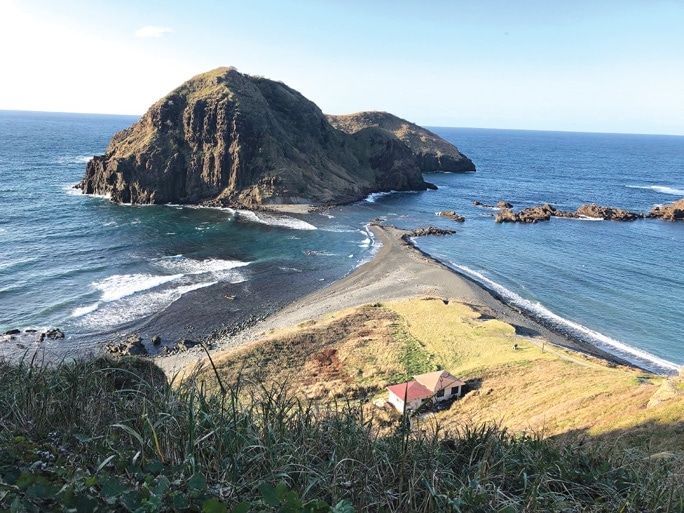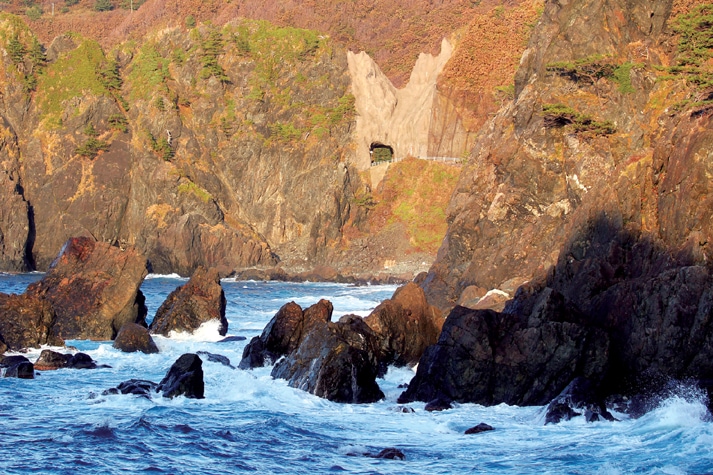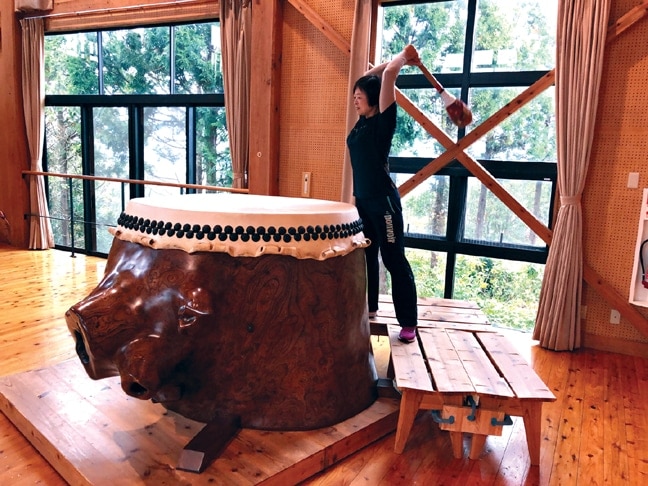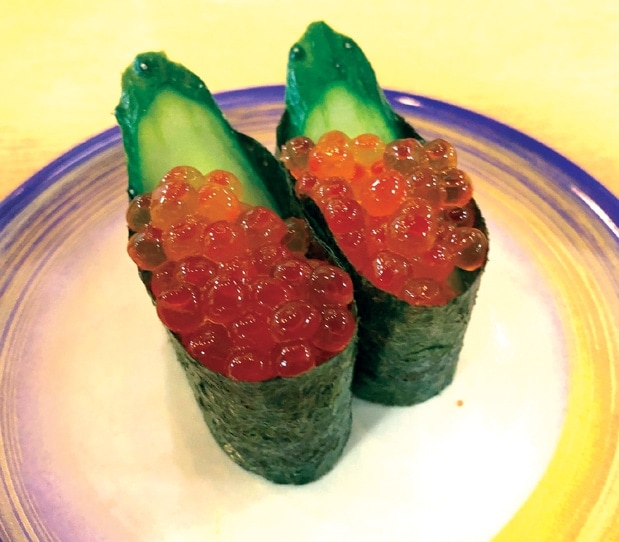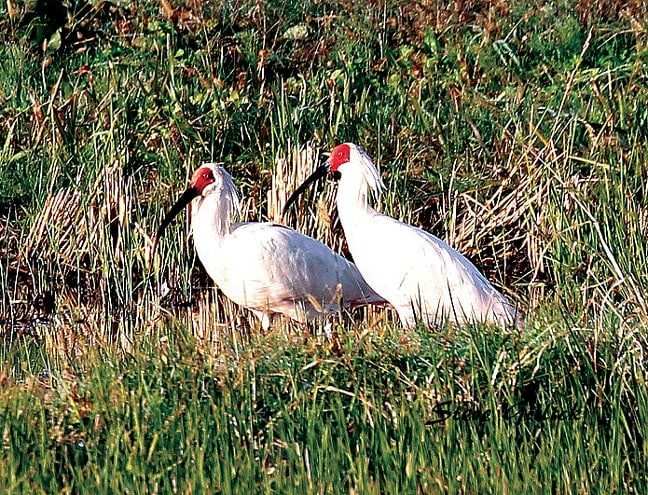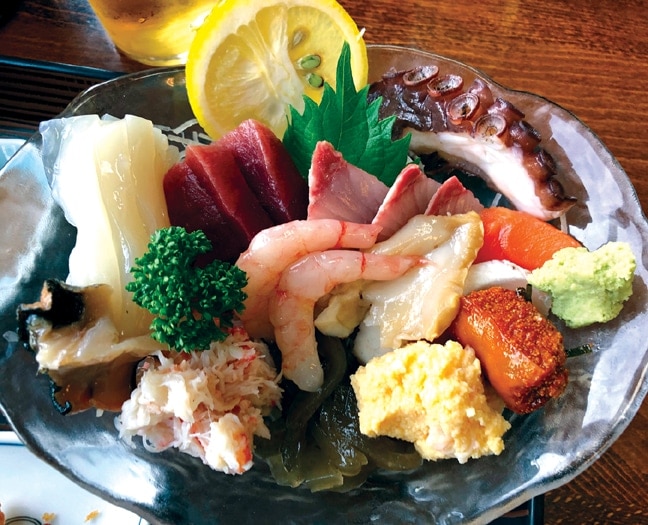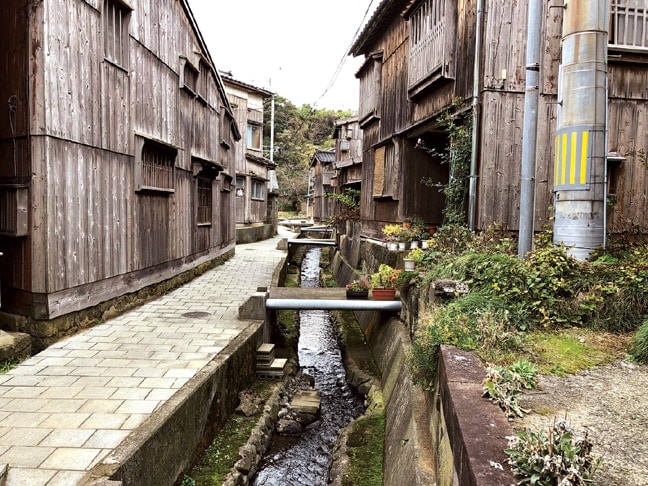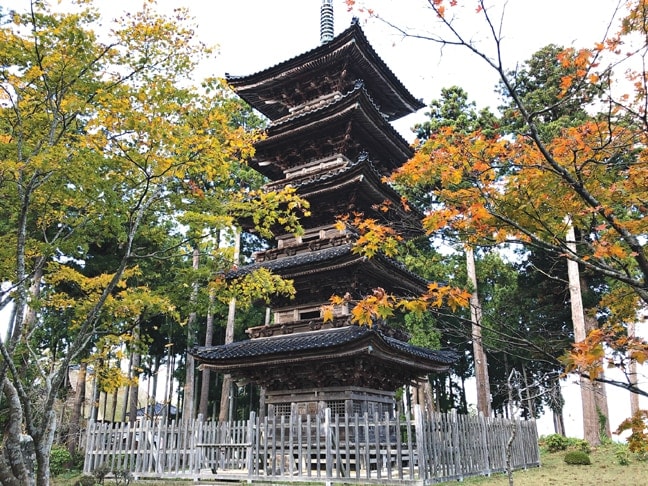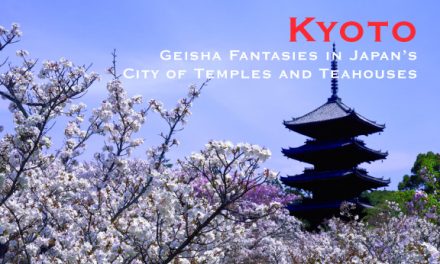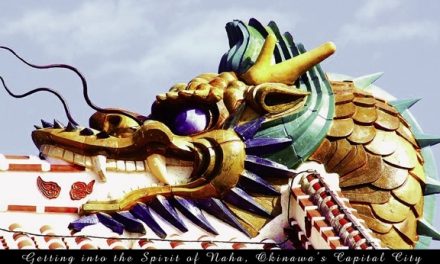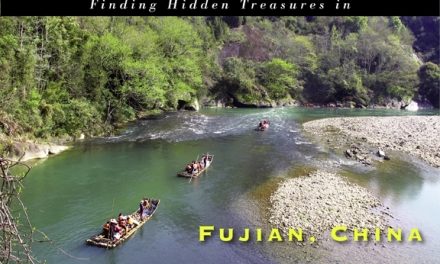Japan
The Heartbeat of Sado Island, Niigata, Japan
Article and photography by Steve Gillick
Masami “Sami” Miyazaki greeted us at the Tatakokan, the Sado Island Taiko Center. While ‘Taiko’ refers to any type of drum, the word is often associated with the famed Kodo drummers who perform around the world and in fact, Kodo Village lies next to Tatakokan.
On the way there, we drove on some fairly isolated roads, past orchards bursting with brilliant orange persimmons and glimpses of autumn colors emerging on the tree-lined slopes of the Kosado Mountains. Sami explained that Kodo means “heartbeat” and mirrors the power of nature in the trees, mountains and wind. She noted that historically, drumming established an auditory connection between the gods and the local people.
And to prove the point she produced thunder from “Yama imo Kun”, one of the two huge drums made from a 600 year old Zelcova tree, and named for its resemblance to a sticky mountain potato. Trying my own hand on percussion only made me appreciate the skill and hours of practice it took Sami to produce the Kodo heartbeat of nature that was in fact all around us.
In the past, Sado Island was known for its isolation. Beginning in the early 8th century it was regarded as a place of exile for court nobles who criticized the government and dissidents such as Zeami who popularized Noh theatre and Nichirin Shionen, the founder of the Nichirin School of Buddhism.
However today, traveling voluntarily to Sado Island is relatively easy. It’s roughly a 2 ½ hour train ride from Tokyo Station to Niigata on the north coast of Honshu (Japan’s main island), and from there it’s a short bus or taxi ride to the Sado Island Ferry where a jetfoil takes one hour to arrive at the port of Ryotsu. (There’s also a car ferry that takes about 2 ½ hours to reach the island).
Our goals for this visit were simple. We wanted to explore as much of the butterfly shaped Island as possible, from Big Sado (the northern wing) to Small Sado in the south, indulge in the island’s renowned fresh seafood and some of the six sake breweries, visit historic temples and shrines, take tons of photos…and find the endangered Toki. We did it all!
Throwing our luggage into our rented pale green Nissan March, it was simply a matter of following the coast road north to the very tip of Big Sado. ‘Futatsugame’, meaning two turtles, is a gigantic rock joined to the mainland by a small spit. Known as one of the 100 best swimming places in Japan, the area offers nature trails and beautiful coastal scenery. In fact the Kaifu Coast, which stretches along Big Sado, is a showcase of absolutely stunning vistas that include dramatic rock shapes, crashing waves and picturesque highway tunnels and bridges.
At Sado Hakko Kabushiki Gaisha sake brewery, the speciality is milky/cloudy sakes (Nigori) that have been coarsely filtered to allow rice particles to remain in the liquid. This increases both the flavour and the mouth-feel. We sampled four sakes from ‘smooth’ to almost ‘chewy’, due to the thick rice content.
We overnighted at the Tabino Hotel in Sado City which turned out to be a wise decision. When we asked about local dining spots, the hotel manager, Mitsuru Sasaki, drove us to an excellent local Kaiten Sushi restaurant called Maruishi. (Kaiten refers to the sushi dishes being displayed on a conveyor belt). In this case the chef said he would prepare the dishes, fresh, as we ordered them. And so after an appetizer of Kintsuru, a delicious clear, dry Sado Island sake, we ordered about two dozen different dishes, all of which arrived on coloured plates, with each color representing the price of the dish. At the end of the meal, the plates are added up, along with the empty sake bottles to produce the bill. Our meal included ultra-fresh, melt-in-the mouth kampache (yellowtail), buri (amberjack), octopus, tuna belly, sardine, ikura (salmon roe), uni (sea urchin), whitefish and more.
Tokis were the priority the next morning as we were eager to discover more about Island life. The Japanese Crested Ibis was declared extinct in Japan in 2003, but then, with a pair on loan from China, the population rebounded and can now be found exclusively in the rice fields of Sado Island. The closest rice fields just happened to be five minutes from the hotel. Camera zoom lenses were brought out and in no time at all we found ourselves alone in golden yellow rice fields, with the purple haze of mountains in the distance, and a small flock of white/pink-feathered, red-faced, long-billed Tokis, feeding, socializing and preening in front of us. Birders take note!
And on the theme of discovery we then set out to see the famous split-mountain by the Sado Gold Mine. Mining dates back to the early 1600’s when the Tokugawa Shogunate minted gold coins on Sado. Gold veins were accessed by tunnels and found on mountain sides; hence the ‘split’. At the visitors center, the self-guided visit includes a walk through one of the tunnels where life-sized dioramas, complete with action figures (the signs ask you not to touch the robots), reveal the working conditions, the very basic tools used to dig the long tunnels, and even the feelings of the men (“I want to see my girlfriend and I want to drink sake as soon as I can leave this place”). It’s extremely well done. In the gold museum, you can try your hand (literally) at lifting a 12.5 kilo bar of gold through an opening in the display case. And to complete the mining adventure, there are picturesque ruins of some of the mining facilities in Aikawa, a short drive away.
Heading toward Small Sado, we stopped for lunch at Sakana Dojo Nagahamaso, a restaurant on the water’s edge, renowned for its excellent seafood, and then after drumming at Tatakokan, we drove to the historic village of Shukunegi.
It was here that wooden cargo ships called ‘kitamaebune’ were built in the mid-17th century. The importance of the village was formally acknowledged in 1991 for its traditional close-quartered houses, many with shingled roofs held down by stones, and including the postcard-famous image of the Triangle House (it was moved to the village but had to be reconstructed to fit into a triangular lot).
On our last morning on Sado Island we visited some of the historic temples and shrines. Myousenji Temple has a rare Five-Story Pagoda along with a small lake garden. To enter Sado Kokubunji Temple you have to pass by the scowling, protective Nio guardians. The Ozen Shrine is next to a beautiful outdoor Noh Theatre, and the utterly amazing Seisuiji Temple, with its main hall dating to 1730, is dreamily accessed by a stone path lined with 400 year old Cedar trees.
The heartbeat of Sado Island translates into the voices of the friendly Islanders, the colorful history and culture, the fresh seafood, the resonance of a Taiko drum, a glimpse of a Toki, and the sensation of the wind as you gaze at the spectacular, rugged coastal scenery. This was by far, one of the most enjoyable and inspiring trips we’ve ever taken in Japan.
www.ilovejapan.ca

